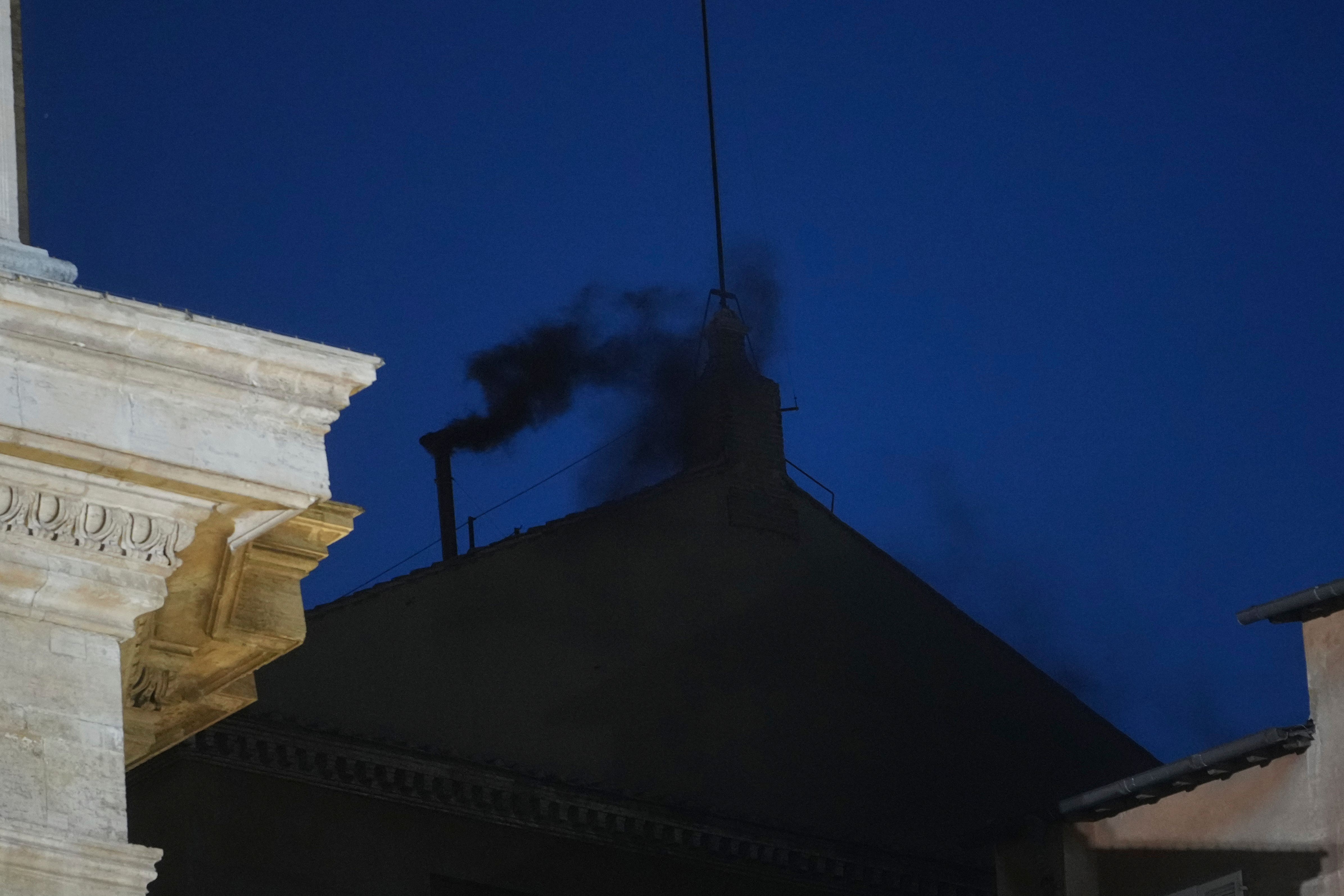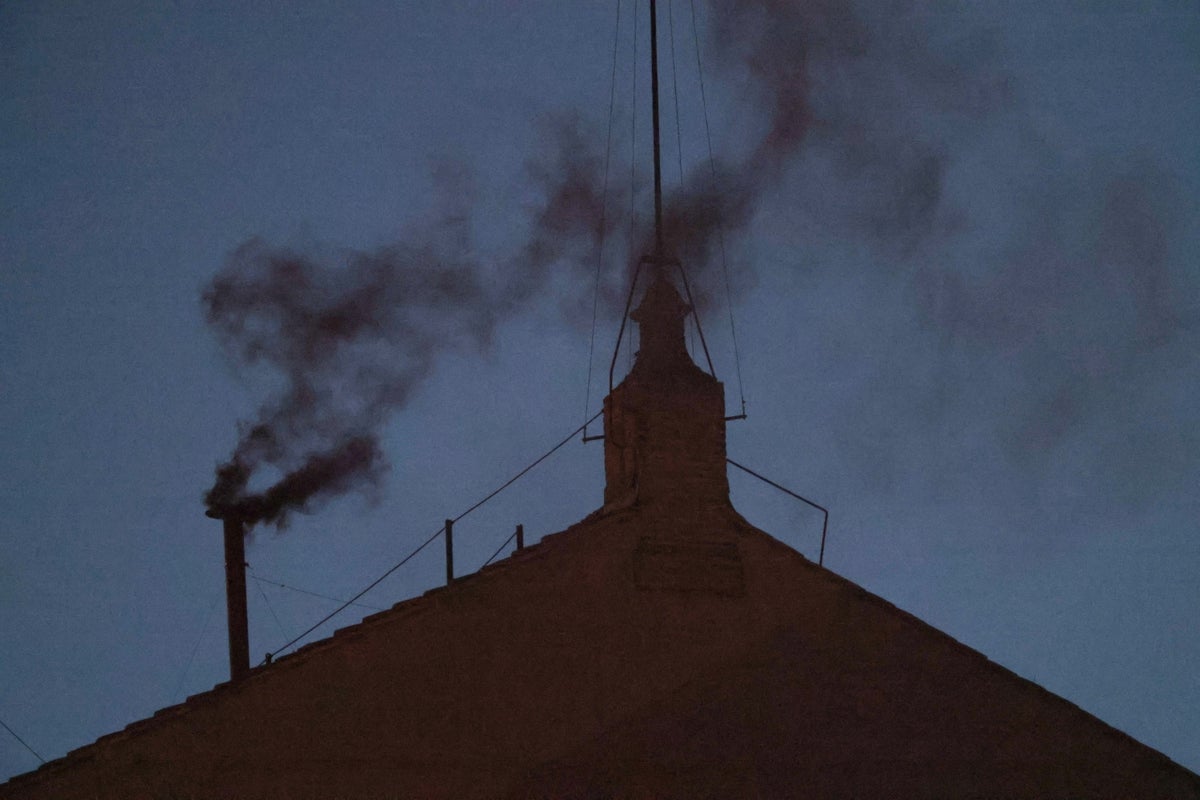For most of the Catholic Church’s first millennium, popes used their given names. The first exception was the 6th century Roman Mercurius, who had been named for a pagan god and chose the more appropriate name of John II.
The practice of adopting a new name became ingrained during the 11th century, a period of German popes who chose names of early church bishops out of “a desire to signify continuity,” said the Rev. Roberto Regoli, a historian at Rome’s Pontifical Gregorian University.
For many centuries, new popes tended to choose the name of the pope who had elevated them to cardinal. John was the most popular, chosen by 23 popes, followed by Benedict and Gregory, each with 16.
Only starting in the mid-20th century did new popes begin to choose names signaling the aim of their papacy, Regoli said.
“Even now, as we are waiting for the new pope, the name with which he will present himself will help us to understand the horizon towards which he wants to proceed,” Regoli said.
Some names have been out of use for centuries, like Urban or Innocent.
“I don’t think anyone will pick Innocent,″ Imperatori-Lee said, given the abuse and other scandals that have rocked the church. ”I don’t think that would be the right choice.”
Jabed Ahmed7 May 2025 21:28
Jabed Ahmed7 May 2025 20:59
Jabed Ahmed7 May 2025 20:39
The wait for a new pope goes on after black smoke rose from the Sistine Chapel.
It is expected voting will resume on Thursday, and up to four rounds of voting can take place each day, two in the morning and two in the afternoon.

(AP)
Jabed Ahmed7 May 2025 20:25
Jabed Ahmed7 May 2025 20:11

(AFP via Getty Images)

(REUTERS)
Jabed Ahmed7 May 2025 20:10
Cardinals in the secret conclave to decide the next pope have cast their first votes but failed to reach a consensus.
Black smoke has poured from the Sistine Chapel chimney, signalling the 133 cardinals taking part have voted but have not yet reached a two-thirds consensus required to elect a new leader of the Catholic Church.
Jabed Ahmed7 May 2025 20:04
People filled the crowd of St. Peter’s Square as cardinals were locked in the Sistine Chapel, taking what was expected to be their first vote to choose a new pope.
They were waiting for smoke to waft from a chimney over the chapel: black for votes that fail to get a winner or white when they have one.
Tom Hallett, 65, came to Rome from Florida to witness the election of a pope.
“I feel he will be Italian since it hasn’t been like that since 1978,” he told AP.
He didn’t expect to see white after the first vote but came anyway. “It will be God’s choice,” he added.
Myra Beye, 25, who hails from the Philippines but has lived in Rome for many years, was expecting the election of Filipino Cardinal Luis Antonio Tagle.
“So that’s why I’m here today, to support him, even though my prayers will be with whoever is elected,” she said.
Jabed Ahmed7 May 2025 19:59
Francis famously said, “Who am I to judge?” when asked in 2013 about a purportedly gay monsignor at the Vatican.
Francis sought to assure gay people that God loves them as they are, that “being homosexual is not a crime,” and that everyone is welcome in the church.
His successor must decide whether to follow in that outreach or pull back. There’s plenty of support for rolling it back.
In 2024, African bishops issued a continent-wide dissent from Francis’ decision allowing priests to bless same-sex couples, and bishops from around the world attending his synod on the church’s future backed off language explicitly accepting LGBTQ+ people.
“We want a united Catholic Church, but we must stay with the fundamentals,” said Ndyanabo, the Ugandan lay leader. “The gospel should not change at all because of our own human weakness.”
The Rev. James Martin, who seeks to build bridges with LGBTQ+ Catholics, knows the degree of opposition but remains hopeful.
“The challenge for the new pope is to continue Francis’ legacy of reaching out to a group who has felt excluded from their own church,” Martin said. “Based on the synod, I would say that many cardinals feel that there needs to be welcome of LGBTQ+ people because they know their dioceses. But how far that goes is up in the air.”
Jabed Ahmed7 May 2025 19:37
Each cardinal writes his choice on a paper inscribed with the words “Eligo in summen pontificem” — “I elect as Supreme Pontiff.”
They approach the altar one by one and say: “I call as my witness, Christ the Lord who will be my judge, that my vote is given to the one who, before God, I think should be elected.”
The folded ballot is placed on a round plate and tipped into an oval silver and gold urn. Once cast, the ballots are opened one by one by three different “scrutineers,” cardinals selected at random who write down the names and read them aloud.
Cardinals can keep their own tally on a sheet of paper provided but must turn their notes in to be burned at the end of voting.
The scrutineers, whose work is checked by other cardinals called revisors, then add up the results of each round of balloting and write the results down on a separate sheet of paper, which is preserved in the papal archives.
As the scrutineer reads out each name, he pierces each ballot with a needle through the word “Eligo” and binds them with thread and ties a knot.
The ballots are then put aside and burned in the chapel stove along with a chemical to produce either black smoke to signal no winner, or white smoke to announce that a new pope has been elected.
Jabed Ahmed7 May 2025 19:18
